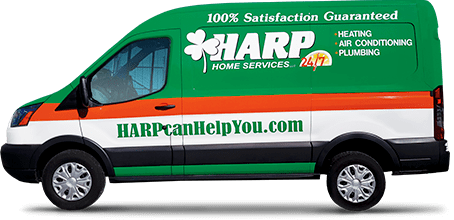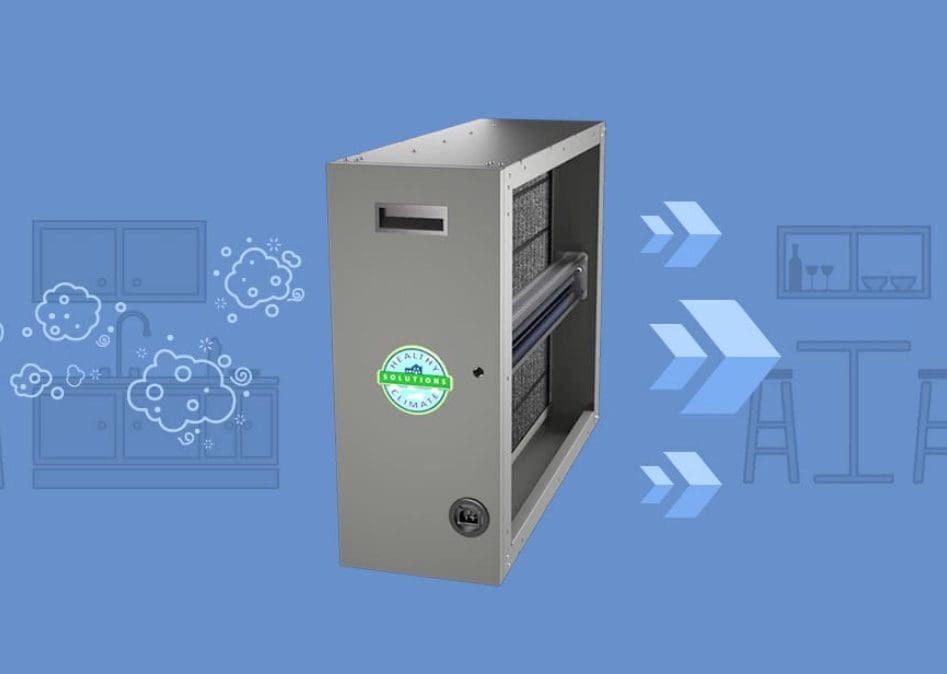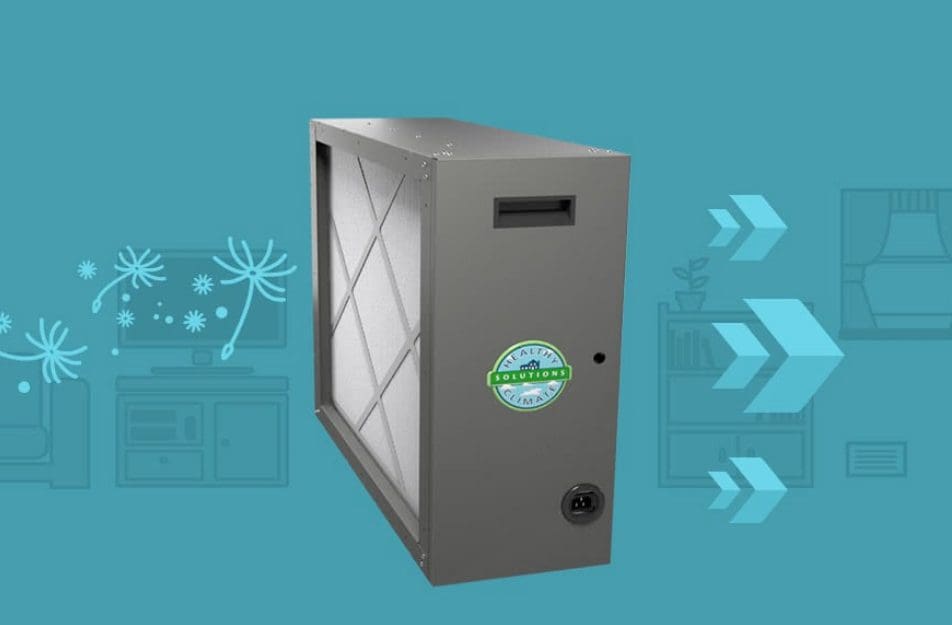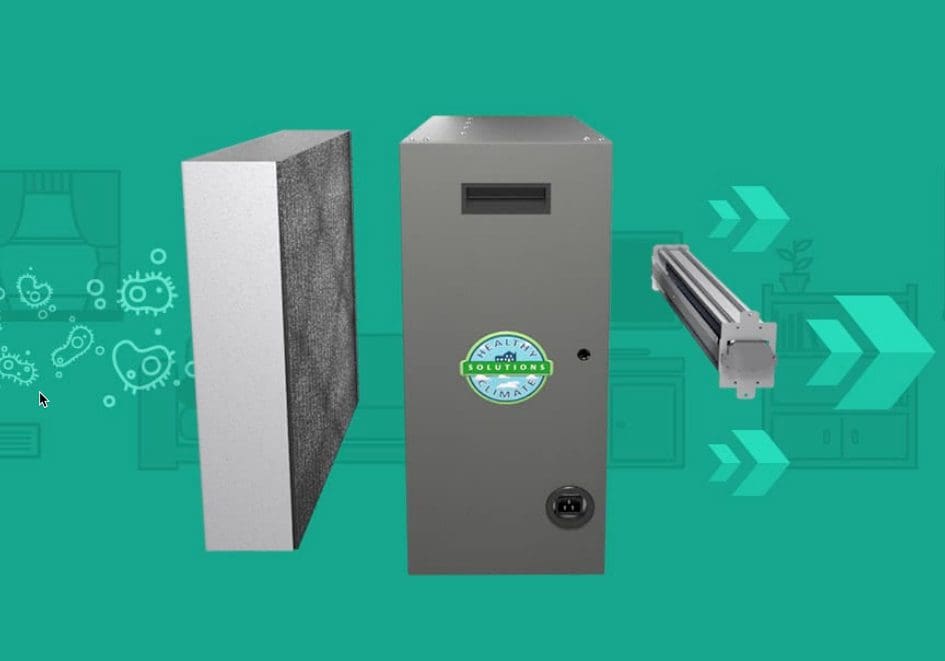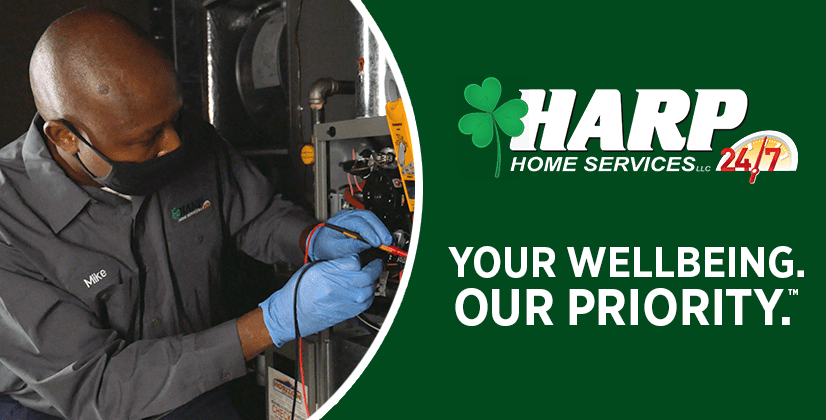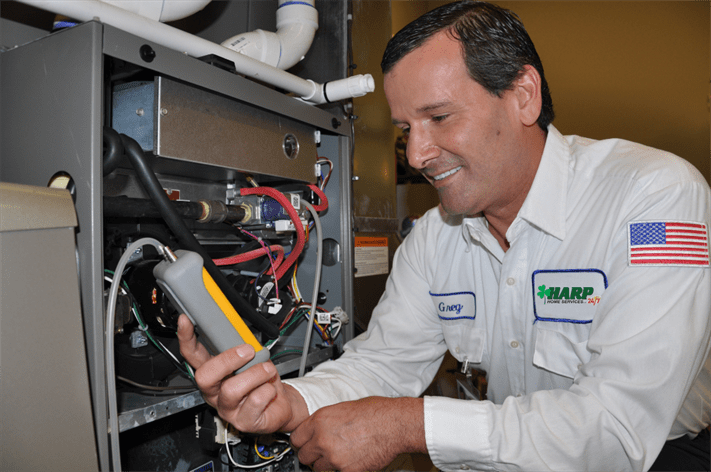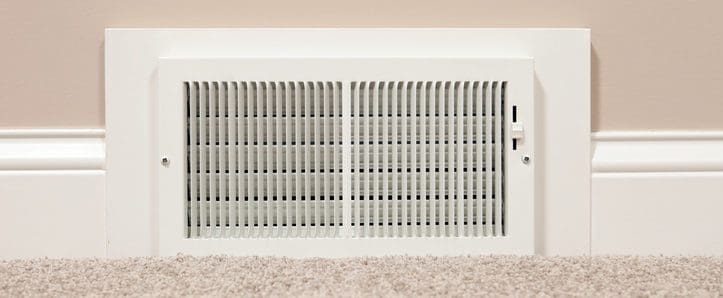Indoor air quality is the least understood part of making your home comfortable. Many indoor air pollutants, from dust to chemical odors, are harmful to your family. Lennox is the first to provide air filtration that can remove some or all of these problems without emitting lung-irritating Ozone.
Improve Your Home Indoor Air with a Lennox PureAir SystemOur comfort consultants will take care of all of your needsContact Today
HARP Home Services, in partnership with Lennox Industries, offers you a world-class air purification system designed to clean your indoor air and keep you safe from airborne diseases.
PureAir™ is a whole-home solution that means cleaner air in every room. And every breath.
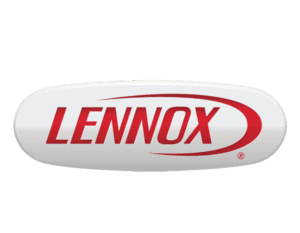
The Lennox PureAirTM air purification system meets EPA standards for “hospital grade” air filtration by using MERV16 filtration, UV lamps, and a titanium dioxide catalyst to attack three major types of indoor air pollutants and capture at least 99.7% of dust, pollen, mold, bacteria and airborne particles as small as 0.3 microns.
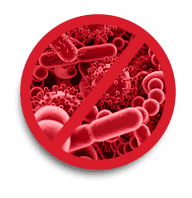 Airborne Particles
Airborne Particles
Airborne air particles such as pet dander, dust and pollen may be too small to see, but can still trigger breathing difficulties such as asthma and allergies. PureAirTM traps and filters out more than 95% of fine particles absorbed by the lungs down to 0.3 microns in size and 9%** of mold spores, pollen, dust and pet dander.
 Germs and Bacteria
Germs and Bacteria
Bacteria and germs can have a large effect on your family’s health by circulating through your home. The UV lighting in the PureAirTM system kills 90% of flu and cold viruses such as MRSA, flu, and cold microorganisms.
 Chemical Odors and Vapors
Chemical Odors and Vapors
Unpleasant odors don’t just irritate your nose, they can be bad for your health in general. PureAir™ breaks down chemical smells and vapors, rendering them odorless and harmless.
How the PureAir™ System Works
The PureAir™ air purification system is designed to work with your current central heating and cooling system ensuring improved air throughout your entire home. The process involves three steps.
- As air enters the system, a percentage of airborne particles and bioaerosols, such as mold and bacteria, larger than .3 microns are captured by the pleated filter.
- The smaller airborne particles, odors, and chemicals continue through the system. The UVA lamp activates the catalyst on the Metal Insert.
- The catalyst combines with water vapor in the air to form hydroxyl radicals that destroy a percentage of the remaining odors and chemicals.
HARP Wants you to Have Cleaner, Healthier Air
HARP can install Lennox air quality products to your existing system, which actually cleans the air without compromising it. Call 1-860-341-1499 for the installation of this Ozone free, quality product.
How does the PureAir™ air purification system work?
The PureAir system reduces concentrations of pollutants through a process called photocatalytic oxidation (PCO). Similar to the process used by the Department of Defense to combat germ warfare, PCO combines nature’s three most powerful air purifiers:
- Ultraviolet light
- Titanium dioxide, a nontoxic substance found in the earth’s crust
- Hydroxyl radicals, particles derived from hydrogen peroxide
The PureAir PCO process involves three steps:
- The pleated media filter captures particles and bioaerosols like pollen and pet dander, removing them from the airstream.
- As the odor- and chemical-filled airstream flows over the UVA light, the airstream is exposed to the catalytic surface (titanium dioxide-coated mesh filter).
- The light energy activates the catalyst, which generates hydroxyl radicals. These particles, which are more than twice as powerful as chlorine, break down the odors and chemicals into carbon dioxide and water.
What Is Indoor Air Quality?
“Indoor air quality,” or IAQ, is a relatively new topic in environmental safety. While a lot of attention has been placed on outdoor pollution over the past few decades, the focus on indoor air quality is just beginning. The quality of a home’s air mainly has to do with the amount of pollutants inside, but it’s also determined by humidity and ventilation levels. The U.S. Environmental Protection Agency has found that concentrations of pollutants can be up to 100 times higher indoors than outdoors. The American Lung Association estimates that most people spend 90% of their time indoors, so clean indoor air is very important.
How Can I Improve My Indoor Air Quality?
There are some basic strategies for outsmarting indoor air pollution:
Eliminate
The first step toward better indoor air is to identify the sources of air pollutants and remove as many as possible from your home. You can decrease the amount of dust and dirt in your home by cleaning and vacuuming at least once a week. You should also regularly wash bed linens and stuffed toys. If someone in your family is sensitive to fumes, you should safely store household products and use them only when necessary. If you need help determining if you have a problem with pollutants, contact your local Lennox dealer to evaluate your home and indoor comfort system.
Ventilate
Today’s modern homes are well-insulated and sealed to conserve energy, which means airborne pollutants have no way to escape. Healthy Climate® ventilation systems help remove allergy-aggravating particles and germs by exchanging stale, recirculated indoor air with fresh, filtered outside air.
Clean
Although cleaning and ventilating helps reduce indoor air pollutants, these simple fixes are not cure-alls. Some contaminants are so small that they may escape through the vacuum or never land on a surface. Healthy Climate® air cleaners and high-efficiency air filters capture even the smallest of particles and germs. Germicidal lights kill them. And a PureAir™ air purification system goes a step further; it removes particles, germs, and odors, and it destroys chemical vapors.
Monitor
Improper humidity levels and high temperatures can actually increase concentrations of particles and germs. An icomfort Wi-Fi™ touchscreen thermostat or ComfortSense® programmable thermostat regulates moisture levels and temperatures to improve indoor air quality and enhance comfort.
What Are The Benefits of Clean Air?
Allergies and asthma are two health problems that can be helped with clean indoor air. When airborne irritants are removed, allergy and asthma sufferers often find relief from their symptoms. Even healthy people who have never suffered from allergies can benefit from clean air. Dust, smoke and other particles float around in the air, causing your drapes and furniture to gather dust. By removing airborne dust particles, you reduce the amount of exposure your respiratory system has to them.
Can Indoor Air Be Hazardous To My Health?
Poor indoor air quality (IAQ) can be the cause of numerous health problems. Medical groups report that as many as half of all illnesses are caused or aggravated by indoor air pollution. Pollutants in your home’s air can cause dizziness, headaches and nausea, plus aggravate allergies and asthma.
Clean indoor air benefits everyone, even people who have never suffered from allergies. By removing airborne dust particles from the air, the amount of exposure the respiratory system has to them is greatly reduced.
Are all Indoor Allergens Harmful?
Allergens like pet dander, pollen and mold spores are included in the category of indoor air pollutants called “particles,” defined as any substance measuring less than 100 microns in diameter. (One micron equals 1/25,000 of an inch in diameter.) The U.S. Environmental Protection Agency has found that small particles (less than 2.5 microns) are responsible for the health effects of greatest concern. That’s because these invisible contaminants can be inhaled deep into the lungs and move through the bloodstream.
If you or any of your family members have allergies, you could also do well by minimizing contact with chemicals, which are found in common household items like artificial air fresheners and bleach cleaners. Depending on the level present in your home, chemical fumes can prompt an allergic reaction, plus cause headaches, fatigue, dizziness, nausea and respiratory problems.
How do allergens get inside my house?
It’s not just your dog or cat that’s the culprit. Pollen particles can blow into your home through open windows, and they can get tracked inside by people and pets. Damp areas in your home can quickly lead to mold and mildew buildup. Textile fibers from clothing, curtains and other fabrics produce and collect dust.
What is Ozone?
Ozone is a form of oxygen. In the earth’s stratosphere, it helps to block potentially harmful ultraviolet radiation from reaching the ground. However, at lower levels in the atmosphere (the air we breathe) it’s a product of pollution and can be dangerous. In-home air purifiers that make ozone should be avoided. Other ozone sources include items with electric motors such as vacuum cleaners and refrigerators.
How Can I Get Rid of Home Odors?
You may have tried to attack the problem with an air-freshener spray or candle, but these tactics only mask the problem. They can also contaminate your home’s air with chemicals. One proven method of freshening the air is a PureAir™ air purification system, the indoor air quality systems that can safely remove and destroy odors and chemical vapors throughout your whole home.
Are All Air Filters Created Equal?
There are several factors to consider when choosing a filtration system, starting with sensitivity to allergens. The more sensitive a person is to allergens, the greater the need for a high-efficiency filtration system.
Efficiency
The efficiency of the air filter should be a top consideration. Efficiency is based on the size of the particles captured by an air filter. The higher the efficiency, the more effective it will be. Look for the filter’s MERV (Minimum Efficiency Reporting Value) number, the industry standard for rating filters based on their performance. Residential filters typically have an MERV range of one to eight. Higher ratings ranging from 10 to 16 indicate more efficient filters. High-efficiency particulate air (HEPA) systems use hospital-grade filtration technology with a performance that’s equivalent to a MERV 17 filtration efficiency or higher.
Higher filter efficiency not only helps clear the air, but it also improves airflow. Generally, the more efficient a filter is, the less airflow reduction there will be.
Type
Among the many filtration products available are pleated filters, which are constructed of fiberglass or synthetic fibers woven into a more dense material. The pleats are arranged in V-shaped forms to increase the area of the filter material without increasing the face area. This increases the particle-holding capability.
Germicidal lights use intense ultraviolet light to sterilize surfaces. Each solution removes and destroys allergy-aggravating particles and germs.
Electronic air cleaners (EACs) take recirculated air and pass it through a prefilter that traps large pollutants. Then, ionizing wires give a positive electrical charge to remaining particles. A negatively charged collecting section captures the particles. High-efficiency particulate air (HEPA) filters are also very effective at small-particle removal. An optional carbon canister can help control odors and chemicals.
Show More ▼
HARP Home Services is ready to help 24/7! Contact us at 1-860-544-5391 to learn how you can install a Lennox PureAirTM air purification system to any new or even your existing heating and cooling system!


